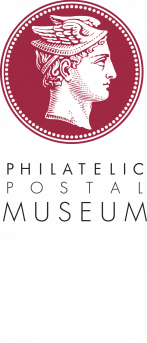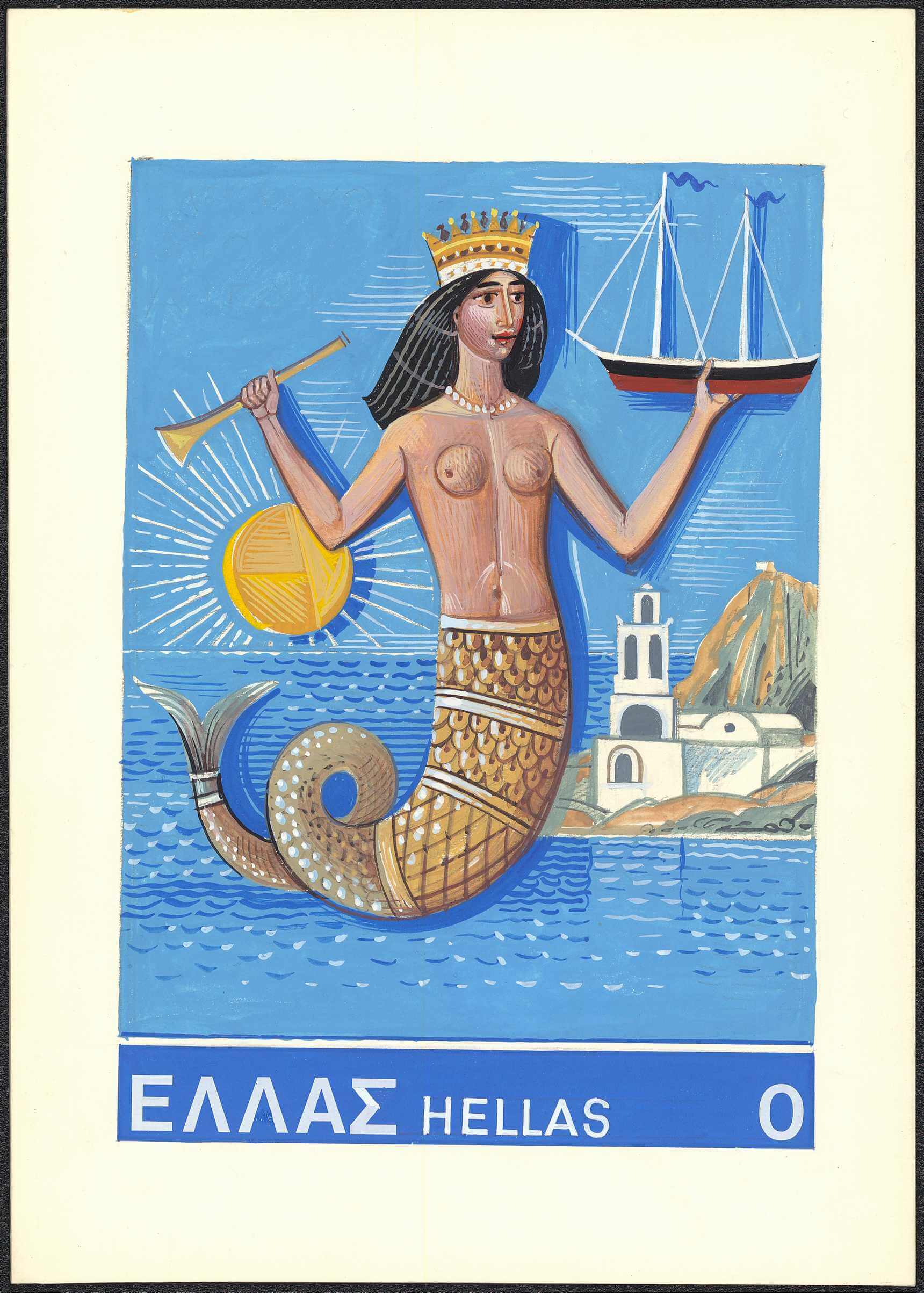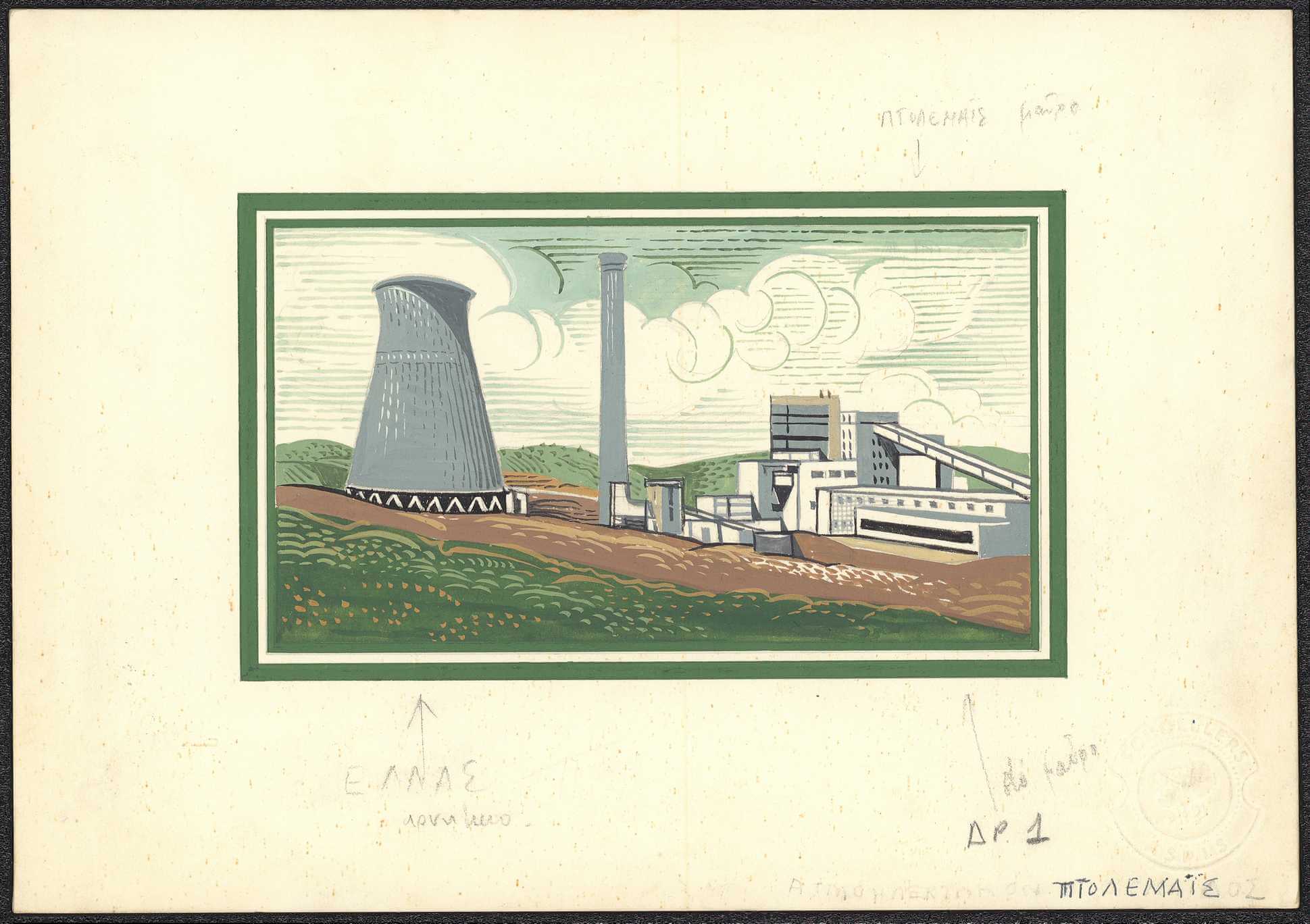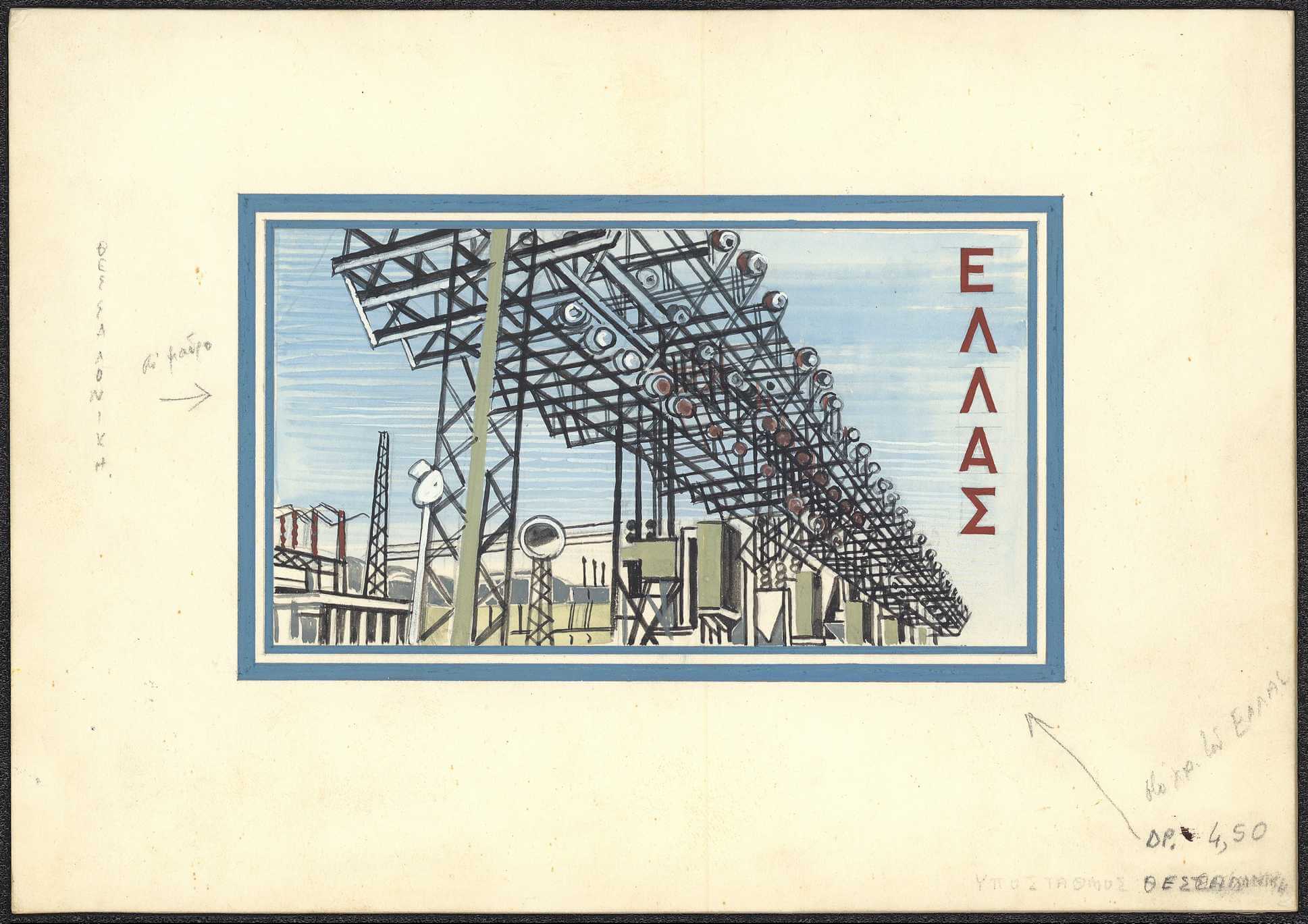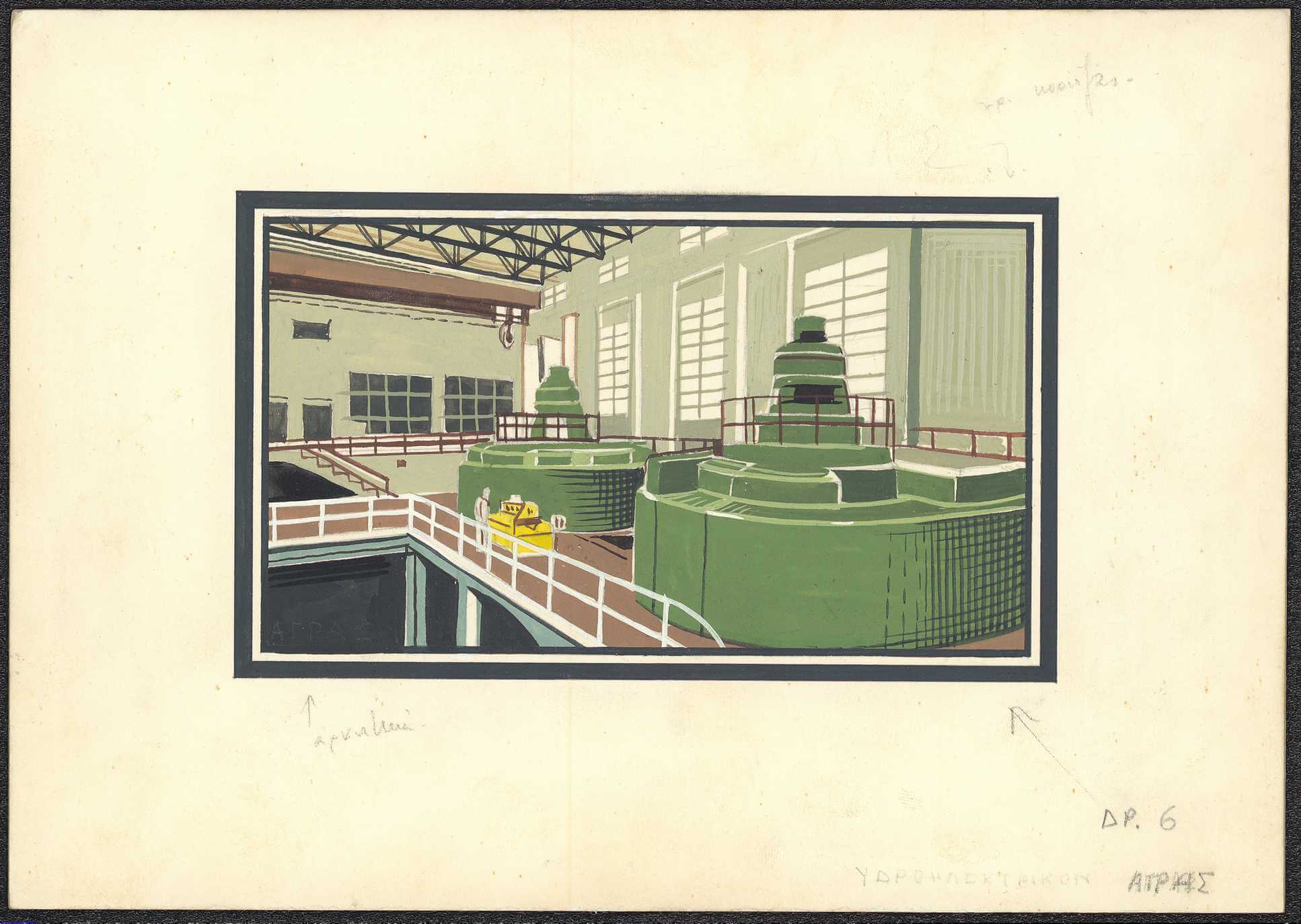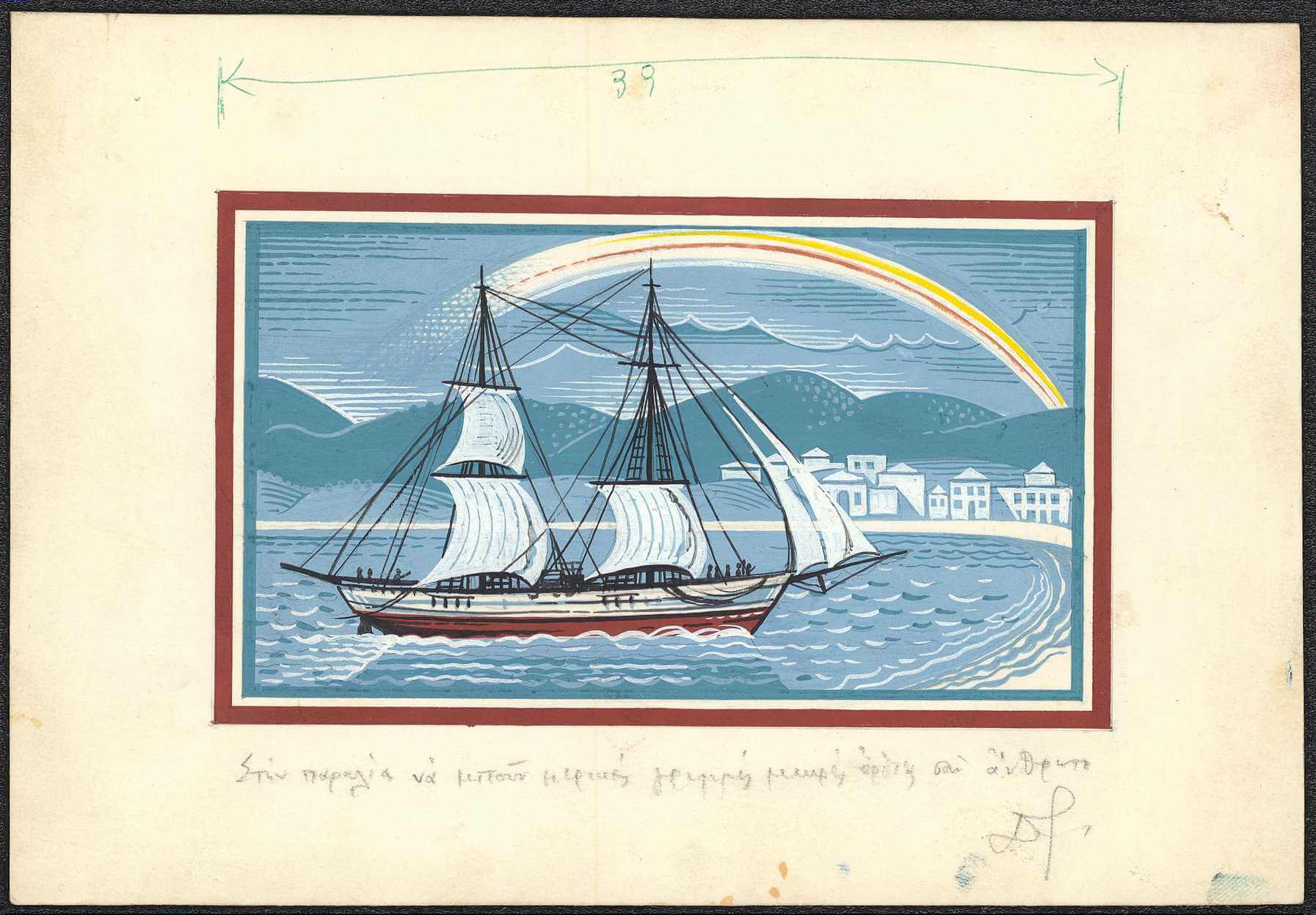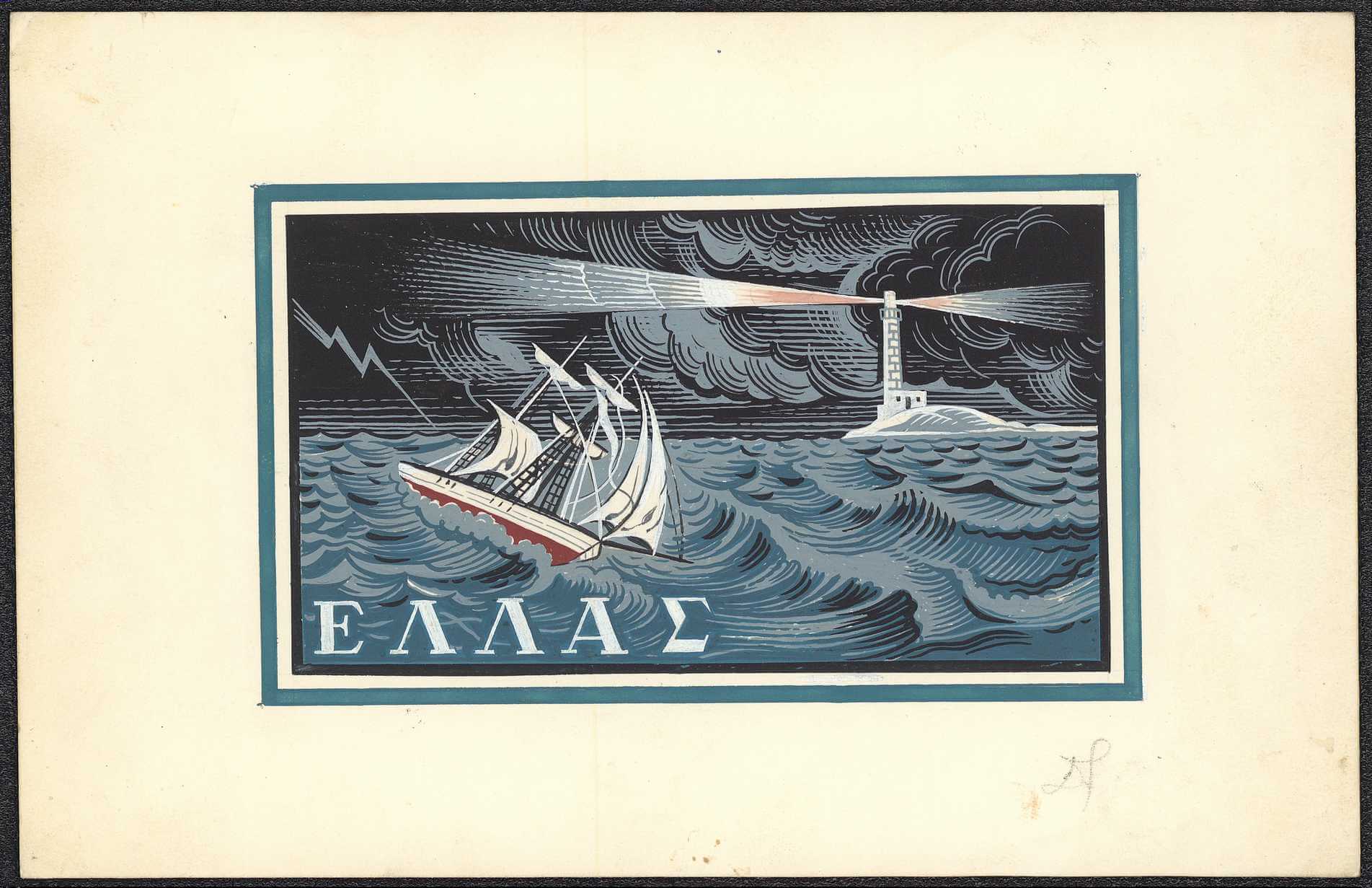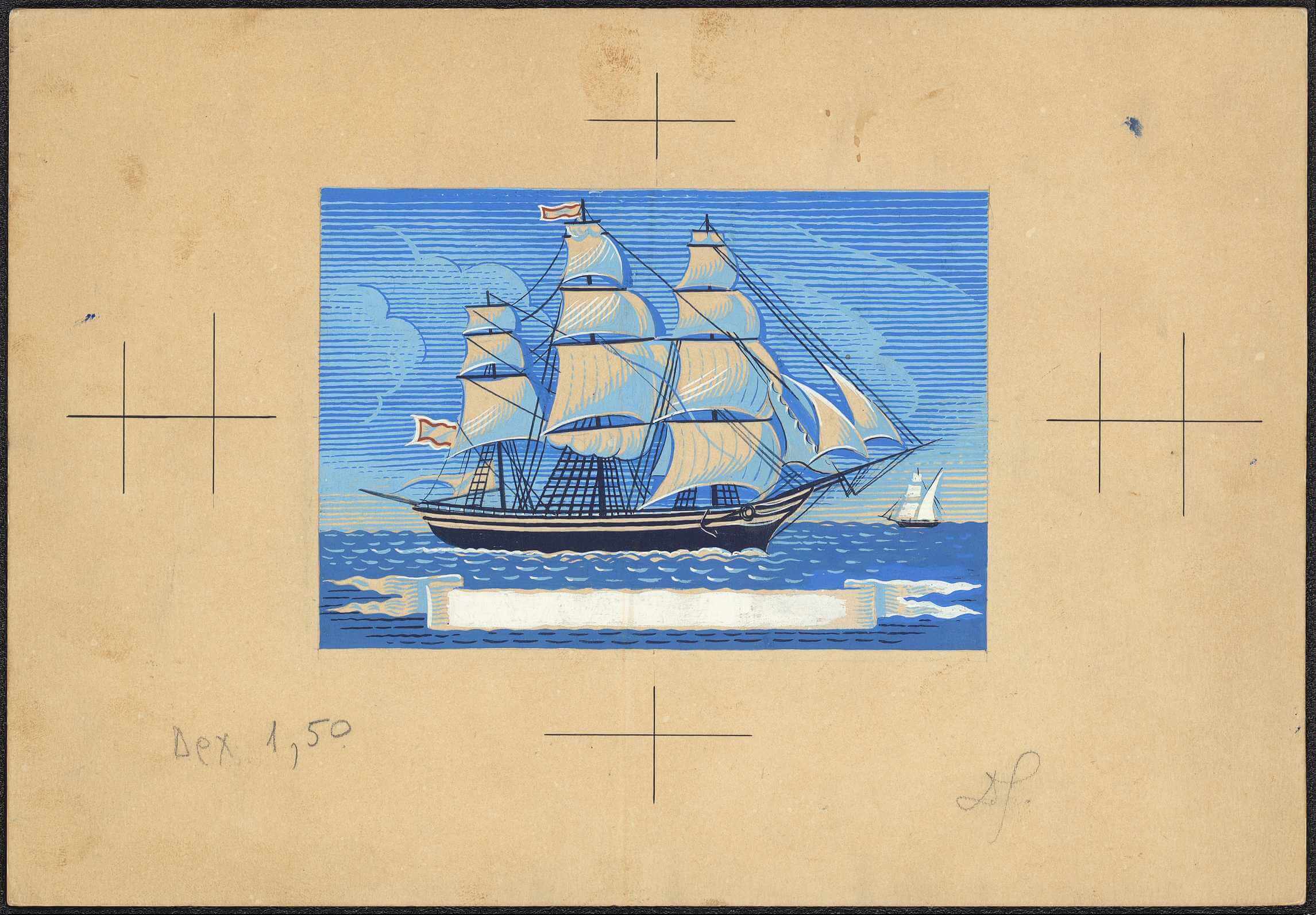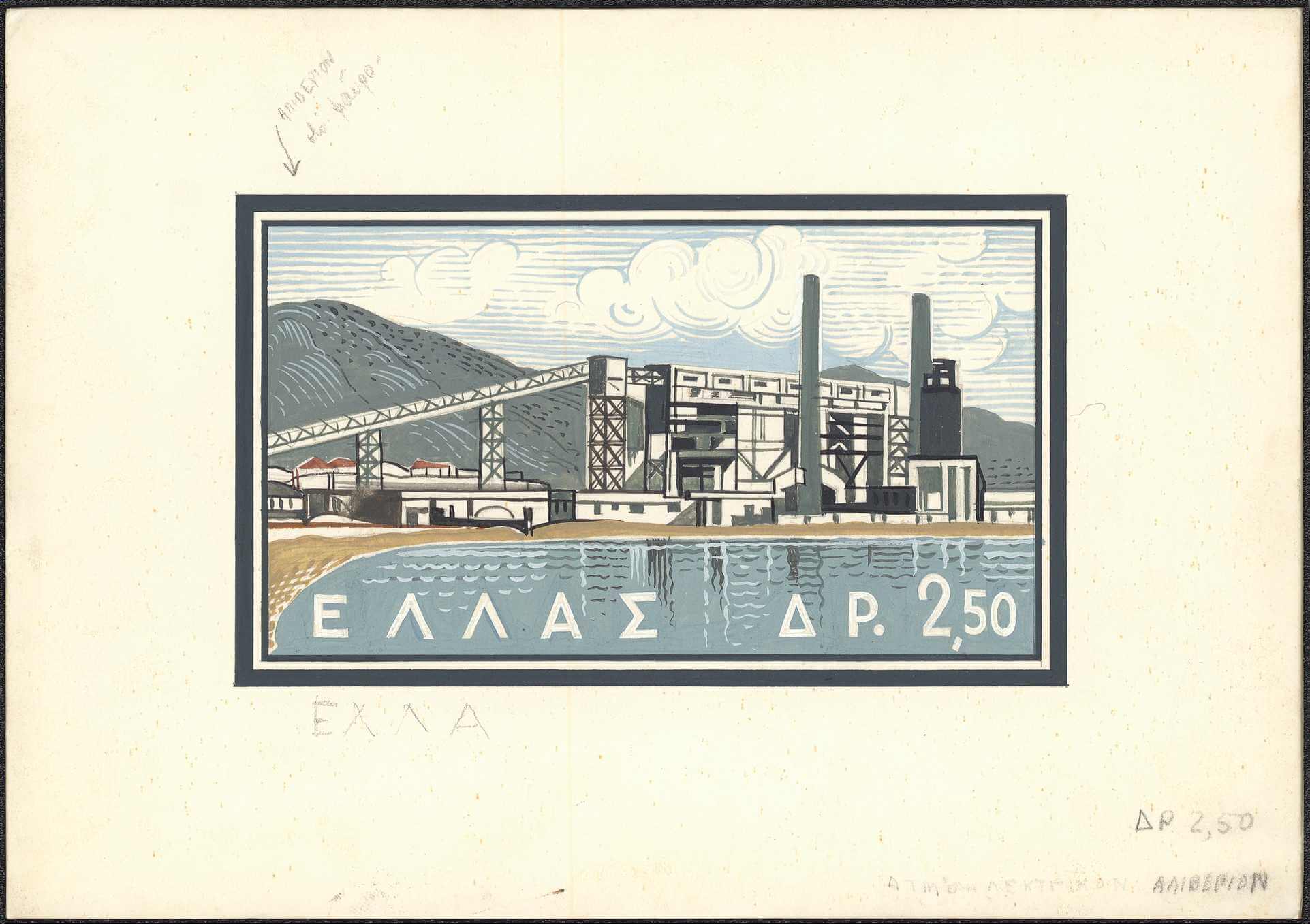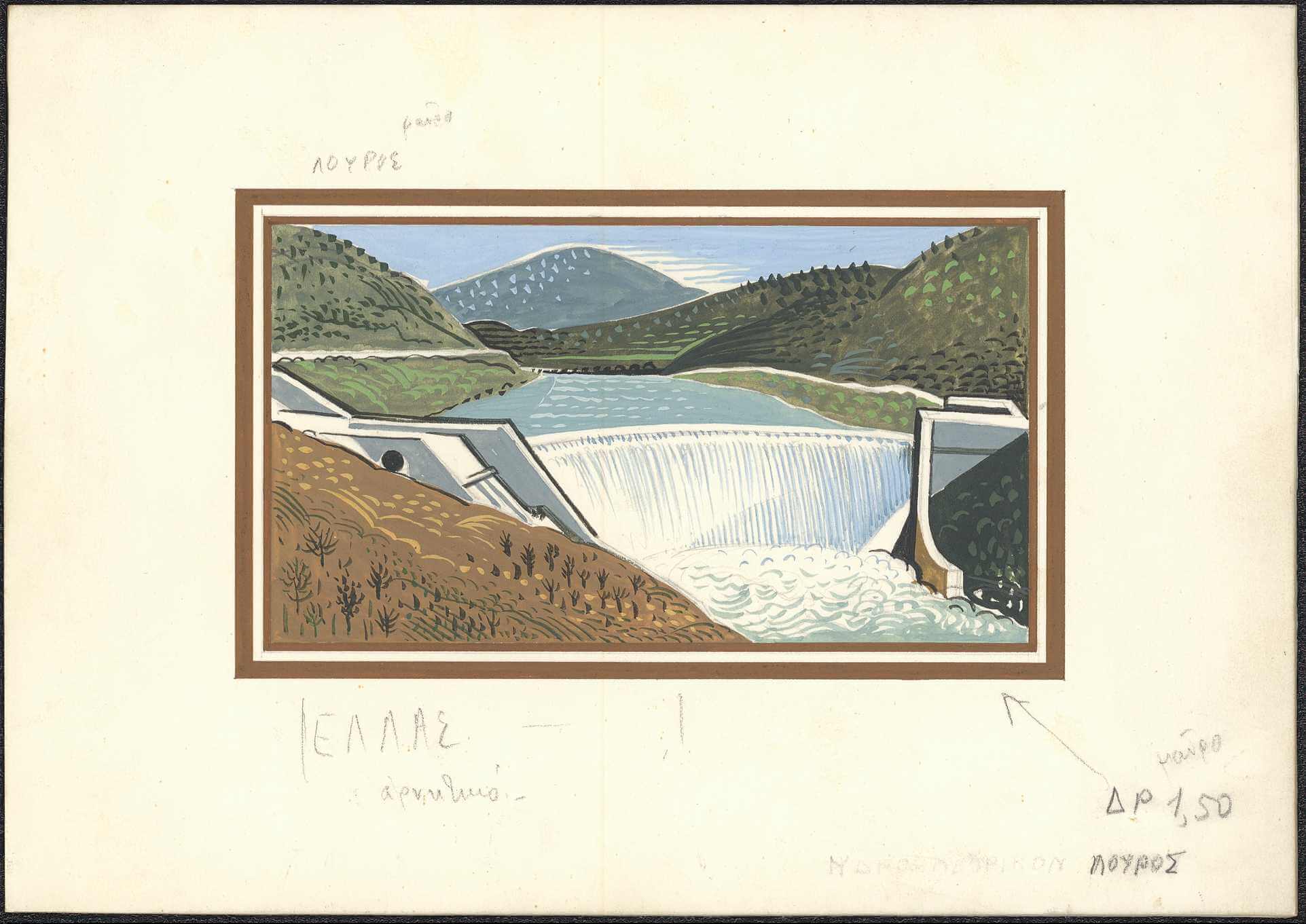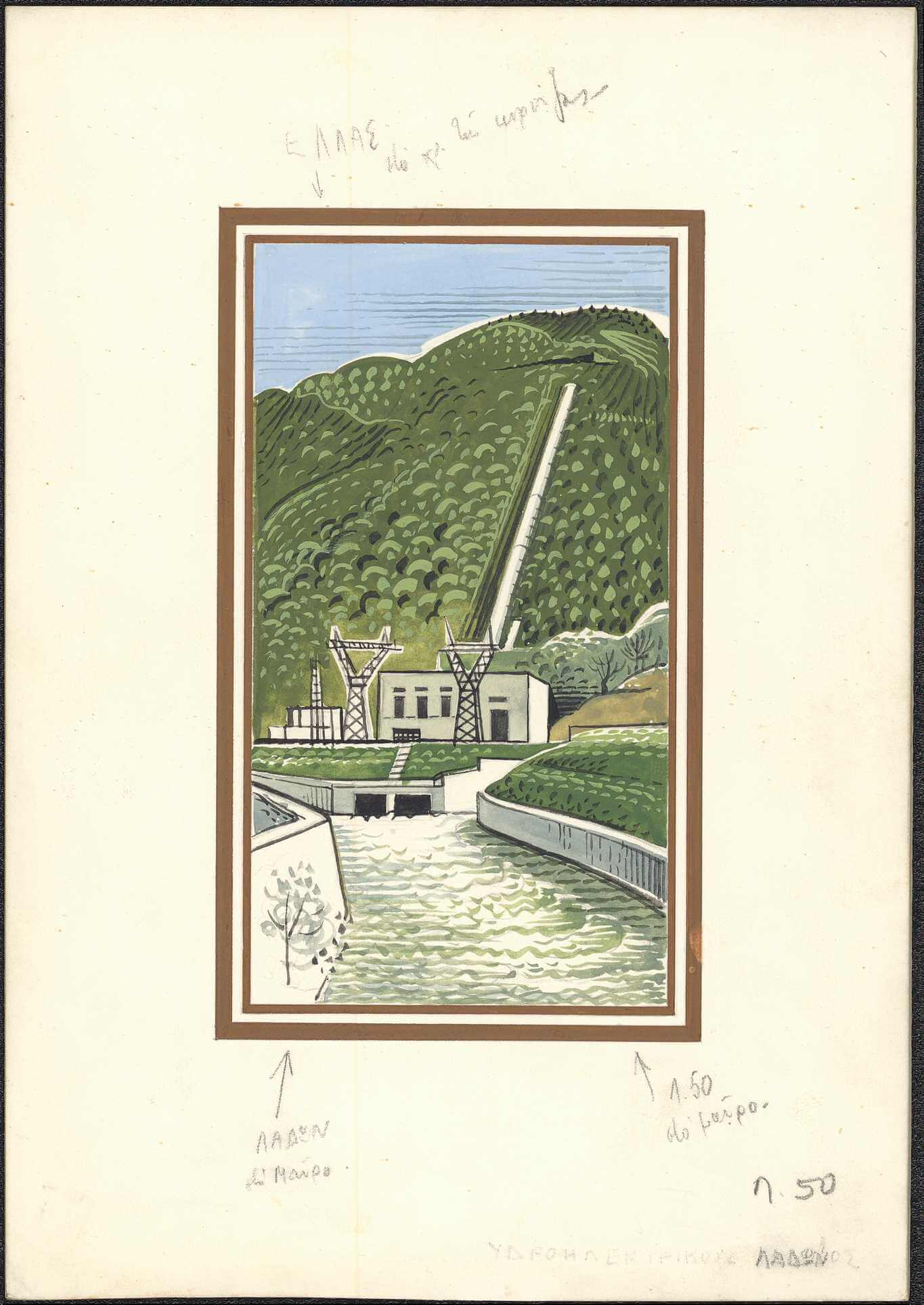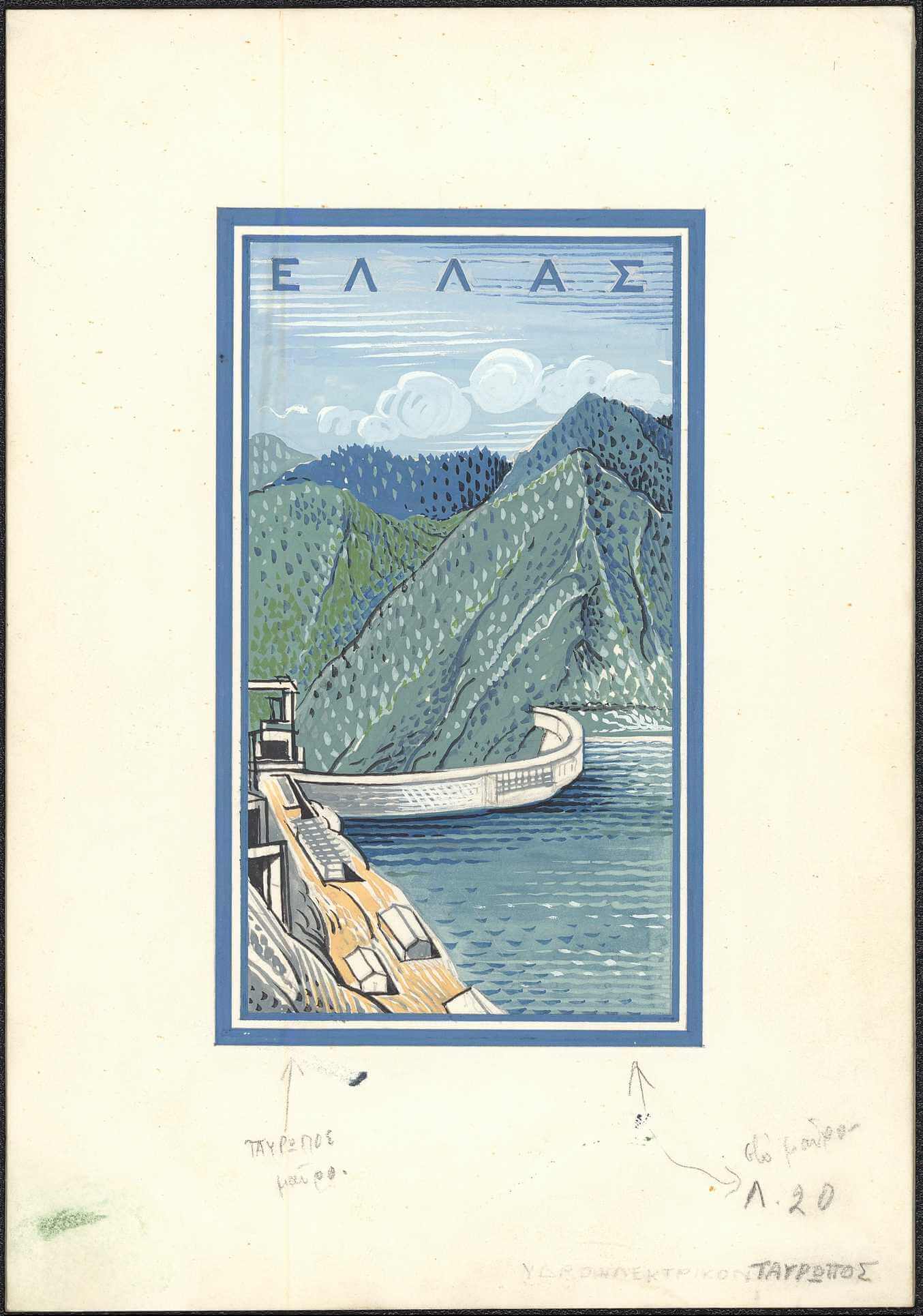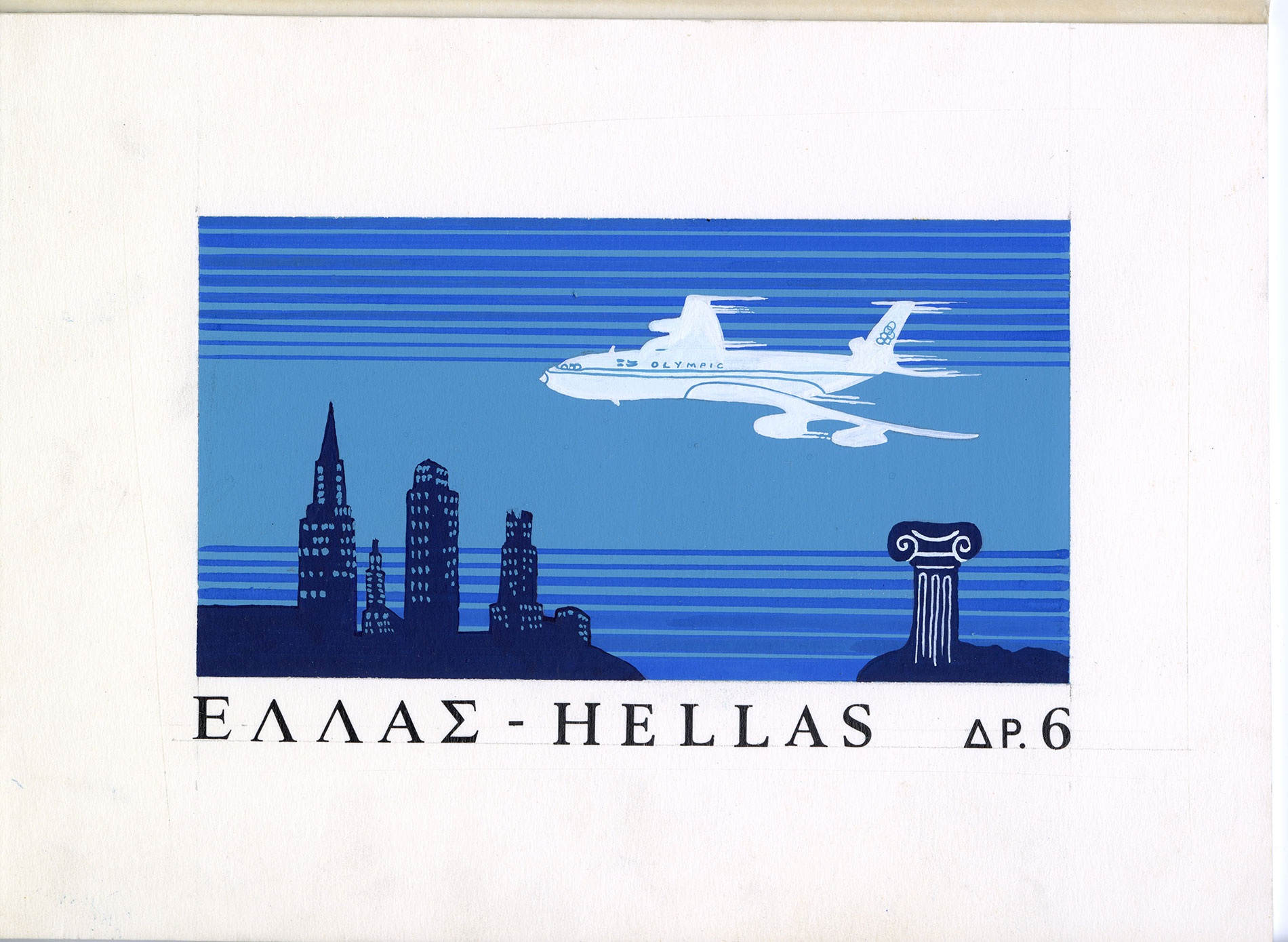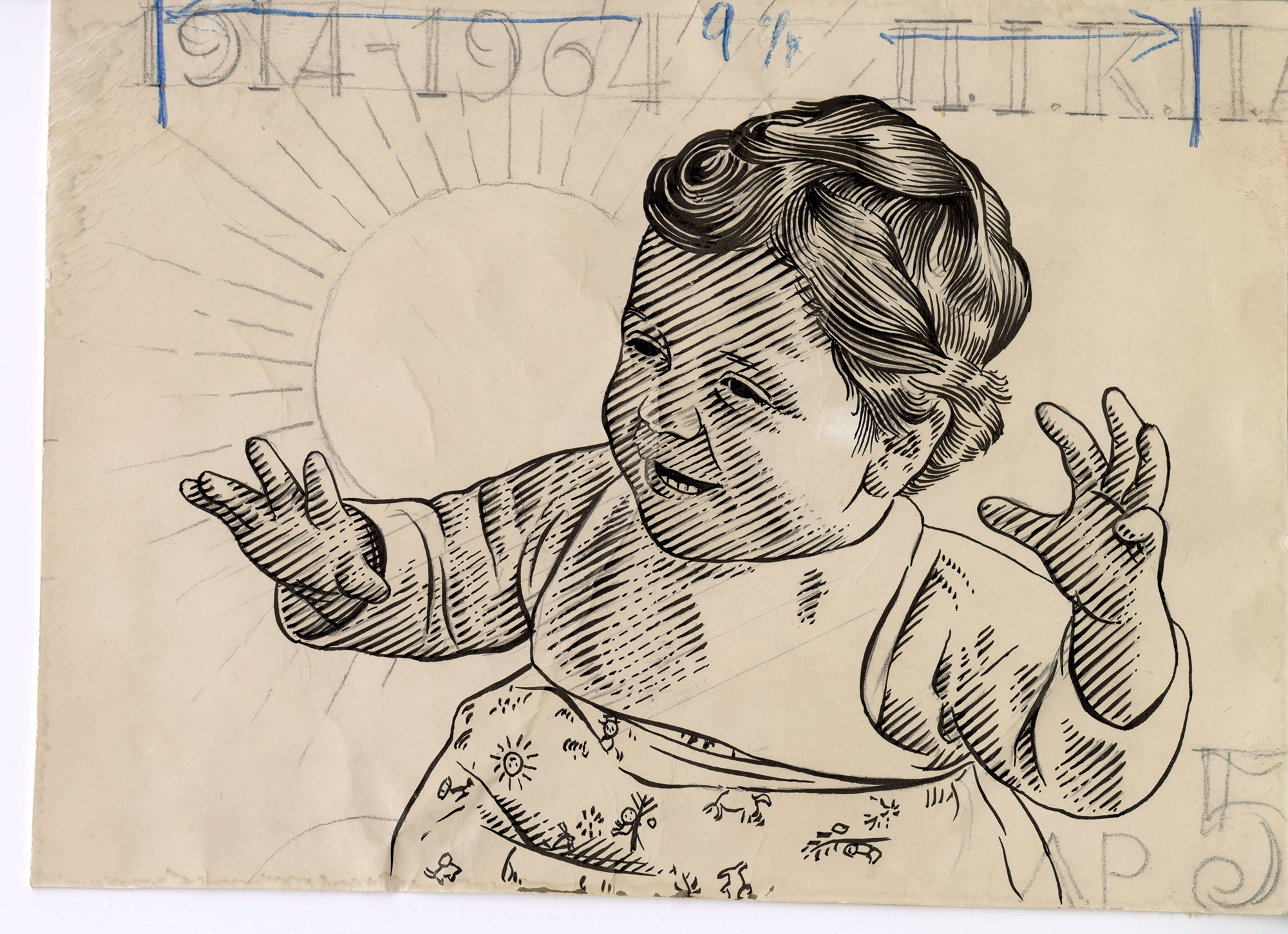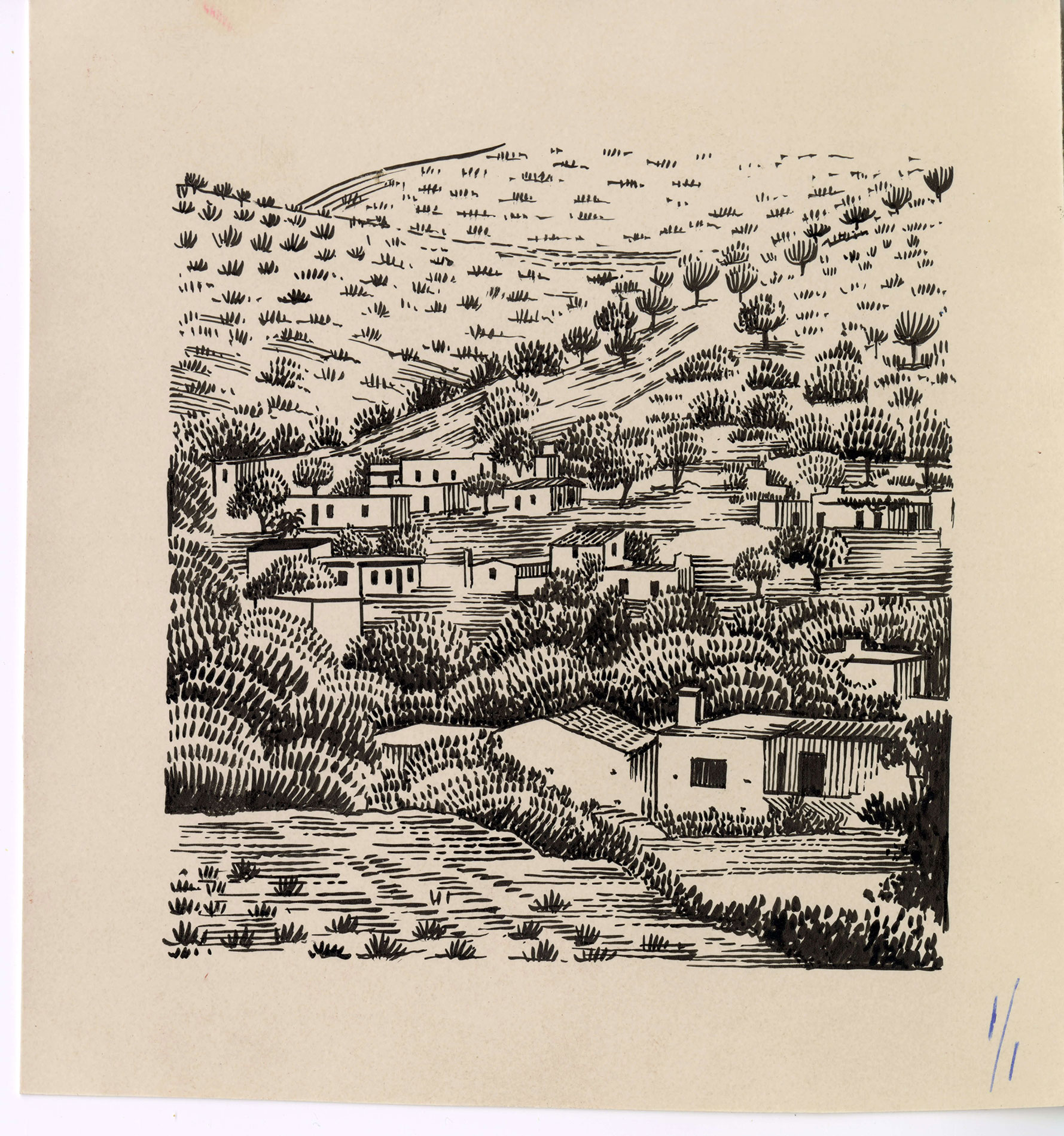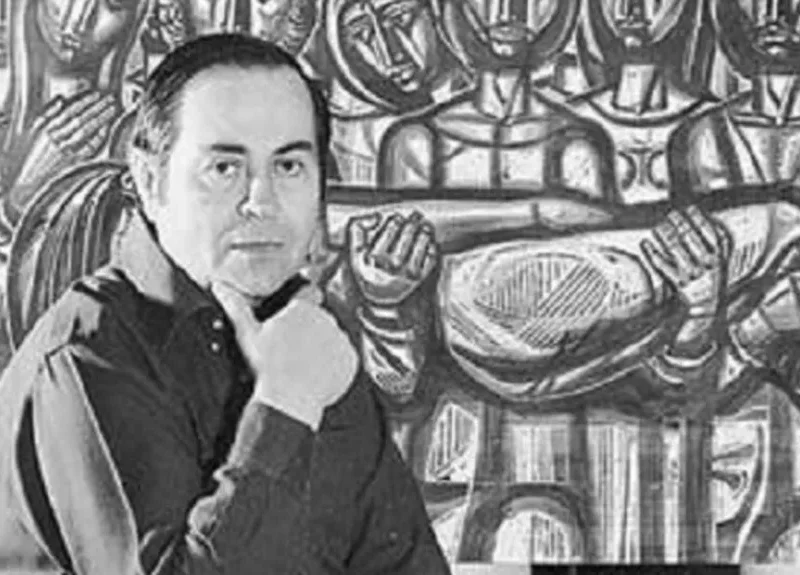
Anastasios Alevizos
Painter
1914 – 1985
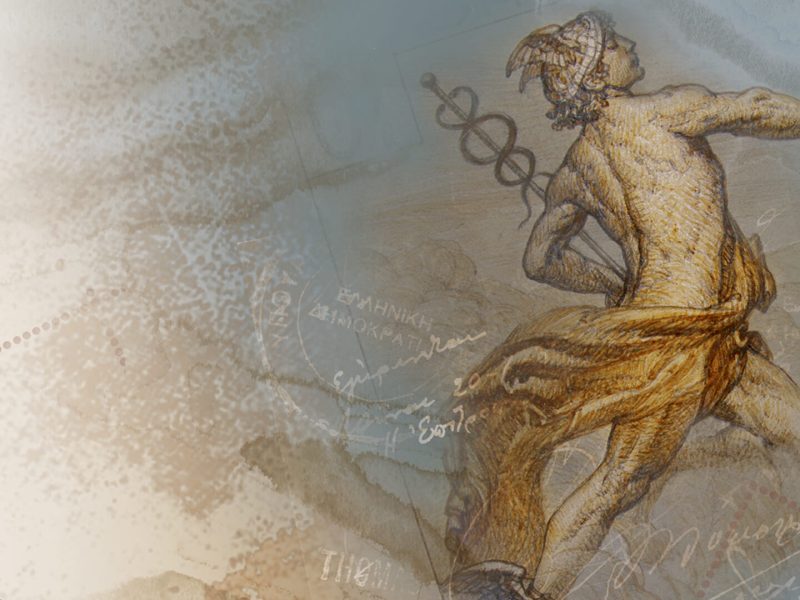

Anastasios Alevizos
Painter
1914 – 1985

About the artist
Anastasios Alevizos was known as Tassos. From 1933 until he graduated from the School of Fine Arts in 1939, he studied engraving with the other great engraver, Yannis Kefallinos. He studied in Paris, Rome and Florence. He won the prize for engraving at the Pan-Hellenic Art Exhibition in 1938 and the state prize for engraving in 1940. His acquaintance with Dimitris Galanis, an essential engraver of the inter-war period, seems to have been decisive for his career. Following the outbreak of the Greek-Italian War in 1940, Tassos, like other students of Kefallinos, designed posters to encourage the Greek people. During the Nazi occupation, he was a member of the resistance organisations EPON and Artists of EAM and continued underground production of anti-Nazi propaganda material. After the liberation, Tassos began to work on subjects other than war, such as nudes, still lifes and portraits. He also started to use colour in his woodcuts. After his studies in 1939, he designed covers and decorative elements for the literary magazine Nea Estia. Immediately after the liberation, he was appointed artistic director at the publishing house "Ta Nea Vivlia" (The New Books), which was founded by the Communist Party of Greece (KKE) in 1945. The house was closed in 1948. In 1948, he began collaborating with the Organization for the Publication of School Books (OESB, later the Organization for the Publication of Educational Books, OEDB). During his collaboration with OESB, he illustrated many books for primary and secondary schools. His first book was the 6th-grade textbook, published in 1949. In 1948, he became artistic advisor to the "Aspiotis-Elka Graphic Arts Co"; from 1954 to 1967, he designed stamps on behalf of the Hellenic Post. From 1962 until his death, he designed stamps for the Republic of Cyprus. In 1959, he became Head of the Graphic Arts department at the Athens Technological Institute, where he taught until 1967.



